Areas needing attention and fertilization methods for planting cherry trees
Chinese cherry has weak cold resistance, likes warm and humid climate, and is suitable for central cultivation at 15~16℃ annual average temperature. Sweet cherries like to be cold and dry. The natural dormancy period of cherries is about 80 to 100 days. The chilling requirement for sweet cherry to complete dormancy is 1100~1300 hours below 7.2℃. Sour cherries require 1200 to 2500 hours. Therefore, today's small series sorted out a bit, to introduce you in detail how to plant cherries is good.

I. Precautions for cherry planting
1. First try planting and then develop
Big cherry likes warm, not cold, not drought, not waterlogging, afraid of strong wind, suitable for cultivation in areas with annual average temperature of 10℃~15℃. Practice has proved that when the annual average temperature is higher than 15℃, cherry often blossoms more and bears less fruit. The introduction and development of cherry should not only depend on the local annual average temperature, precipitation, sunshine, frost-free period and other factors, but also carefully analyze the local microclimate characteristics, try planting first, then develop.
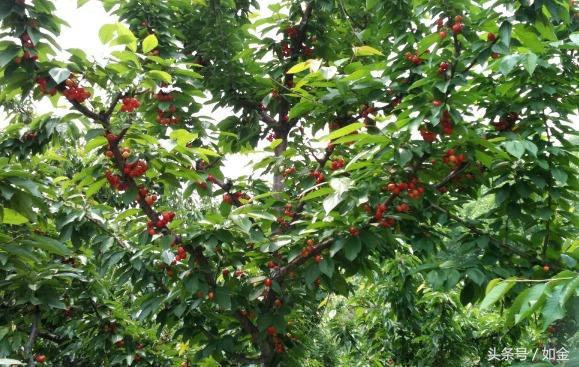
2. Develop hard meat varieties with storage and transportation tolerance
At present, there are only a dozen varieties of cherry which have been cultivated and verified, and each variety has certain shortcomings. Such as our own cultivation of red light, it is a large fruit, bright color, juicy sweet, high and stable yield, but into the full fruit period late, thin fruit skin, soft meat, not suitable for processing and storage, only suitable for small area planting. In the future, cherry varieties with beautiful appearance, hard flesh, good quality, light crack, good storage and transportation resistance, fresh food and processing should be selected.
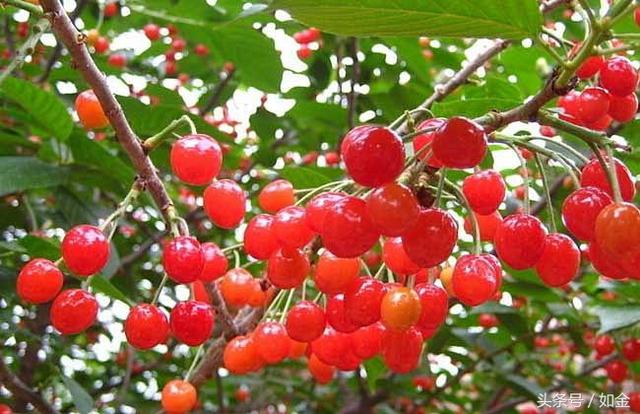
3. Heavy prevention of root cancer and virus diseases
The key to the success of cherry cultivation is to select good rootstock suitable for local cultivation. The most important thing is to see whether the rootstock is resistant to root cancer and whether there is virus disease. In the old cherry producing areas, the development of cherry must not use continuous cropping land, let alone continuous cropping land to cultivate cherry seedlings; in the newly developed cherry producing areas, on the premise of identifying improved varieties and good rootstocks, root cancer disease and virus disease should be strictly controlled.
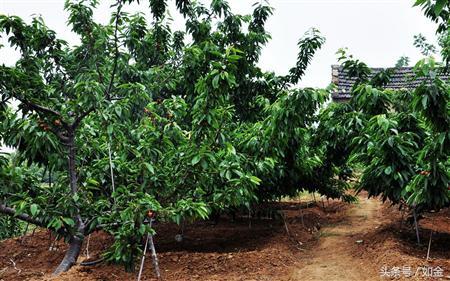
4. Pollinate and thin fruit
Most large cherry varieties do not self-flower or have low seed setting rate and need cross-pollination. Some large cherry orchards with low yield in successive years and few fruit at appropriate age are not affected by freezing injury, but mainly due to unreasonable pollination tree configuration, poor flowering and poor pollination. Pioneer, Rabins, etc. are ideal pollinators. Also timely thinning out weaker fruit branches, remove smaller flowers, thinning out fruit shape is not correct, improper position of small fruit, abnormal fruit, each healthy fruit branch to leave 2~3 fruit is appropriate.
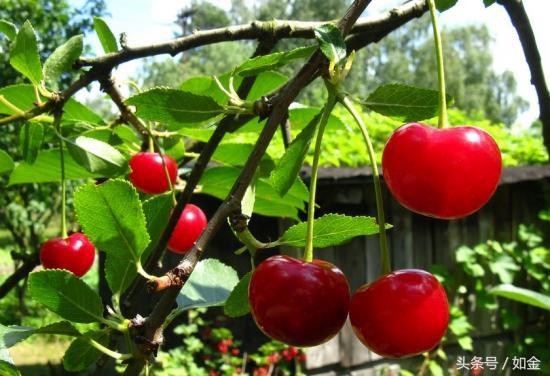
II. Scientific fertilization methods
Before winter, flowering and after harvest are three important stages of cherry fertilization.
1. Base fertilizer application in autumn
It should be applied in September to November, and it is better to apply it early, so as to exert fertilizer efficiency as soon as possible, which is beneficial to the accumulation of stored nutrients in trees. Fertilization, such as the use of organic fertilizer starter, the best organic fertilizer fermentation, can fully supplement the nutrition of cherry trees, promote the development of roots. It was proved that applying basal fertilizer in spring was unfavorable to cherry growth, fruiting and flower bud formation.
2. Topdressing at flowering stage
Cherry has more requirements for nutrition during flowering and fruiting. Sprouting and flowering need stored nutrition, fruit setting mainly depends on the nutrition of the current year, so topdressing such as gold organic fertilizer in early flowering stage has significant effect on promoting flowering, fruit setting and branch growth.
3. Topdressing after fruit picking
About 10 days after cherry harvest, a large number of flower buds began to differentiate, at this time is the new shoots close to stop growing period. The whole flower bud differentiation period is about (40~45) days. Fertilizer should be applied immediately after harvest. It is best to use fertilizer fermented by gold organic fertilizer starter.
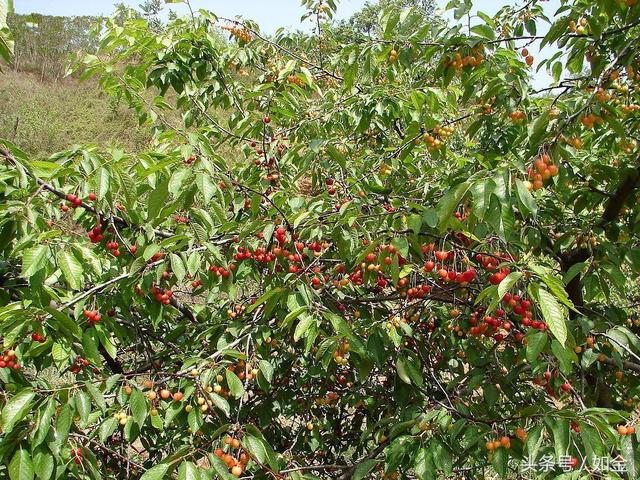
For more cherry planting technology, please search for "kylzem123" or "Kangyuan Oasis such as Jinjun" on WeChat. Pay attention to the public number and regularly share cherry planting tips for free. Cherry planting small video, you can also WeChat background message, Xiaobian will reply one by one after receiving oh ~
- Prev
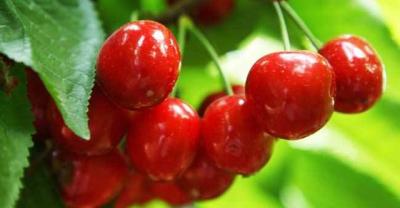
How to see the potassium deficiency of planted tomatoes
Eggplant is a common fruit vegetable, which tastes sour and sweet and is rich in vitamins. However, some tomatoes will be deficient in potassium during their growth.
- Next
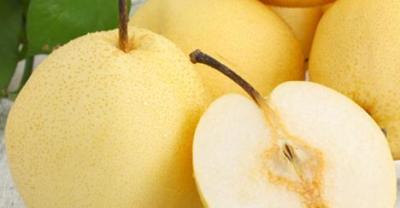
The secret trick to get rid of white spots-melanin planting!
It is believed that this is what many vitiligo patients are most concerned about and what they want to know most. The treatment of vitiligo varies according to different conditions. Down.
Related
- Fuxing push coffee new agricultural production and marketing class: lack of small-scale processing plants
- Jujube rice field leisure farm deep ploughing Yilan for five years to create a space for organic food and play
- Nongyu Farm-A trial of organic papaya for brave women with advanced technology
- Four points for attention in the prevention and control of diseases and insect pests of edible fungi
- How to add nutrient solution to Edible Fungi
- Is there any good way to control edible fungus mites?
- Open Inoculation Technology of Edible Fungi
- Is there any clever way to use fertilizer for edible fungus in winter?
- What agents are used to kill the pathogens of edible fungi in the mushroom shed?
- Rapid drying of Edible Fungi

